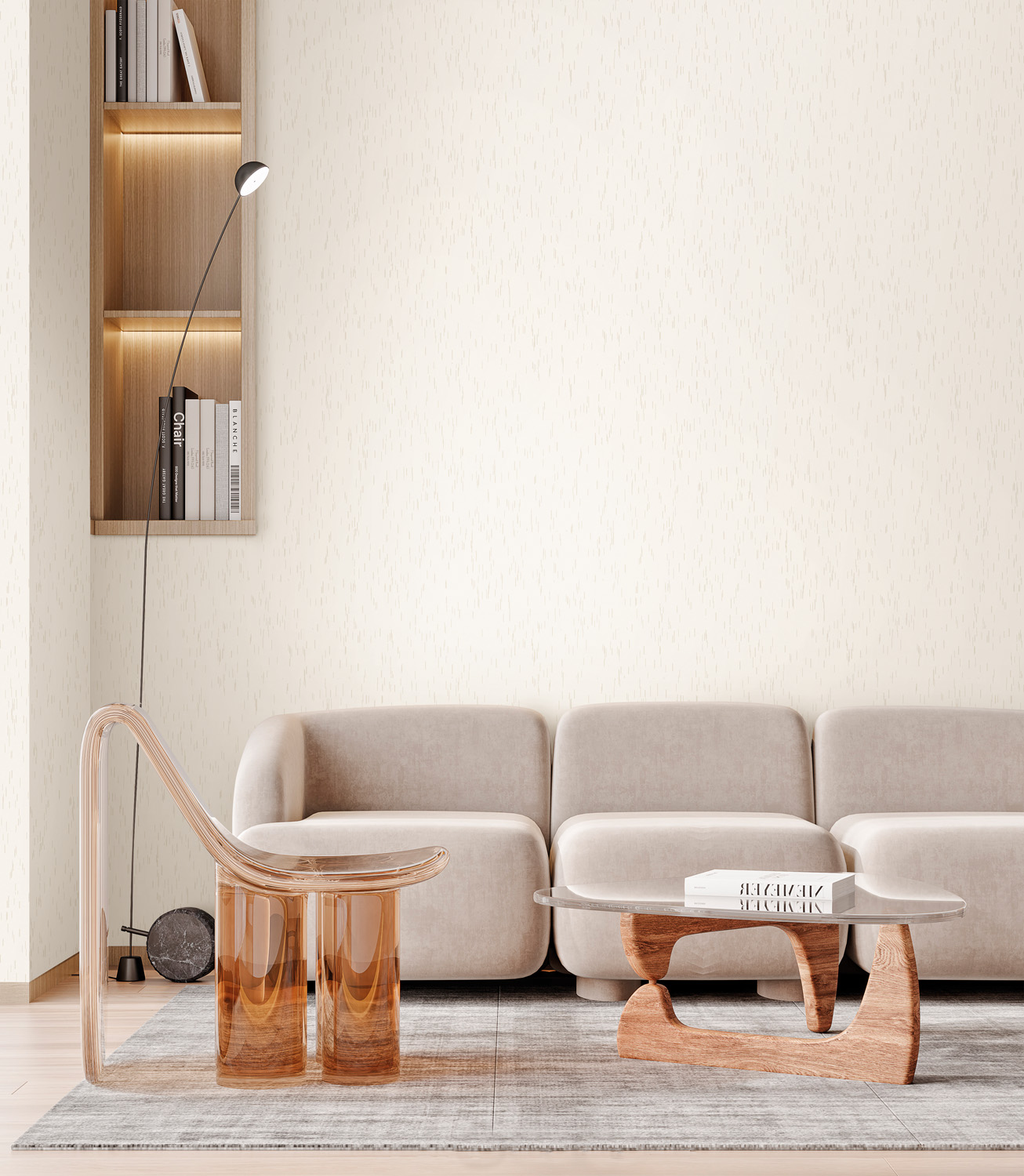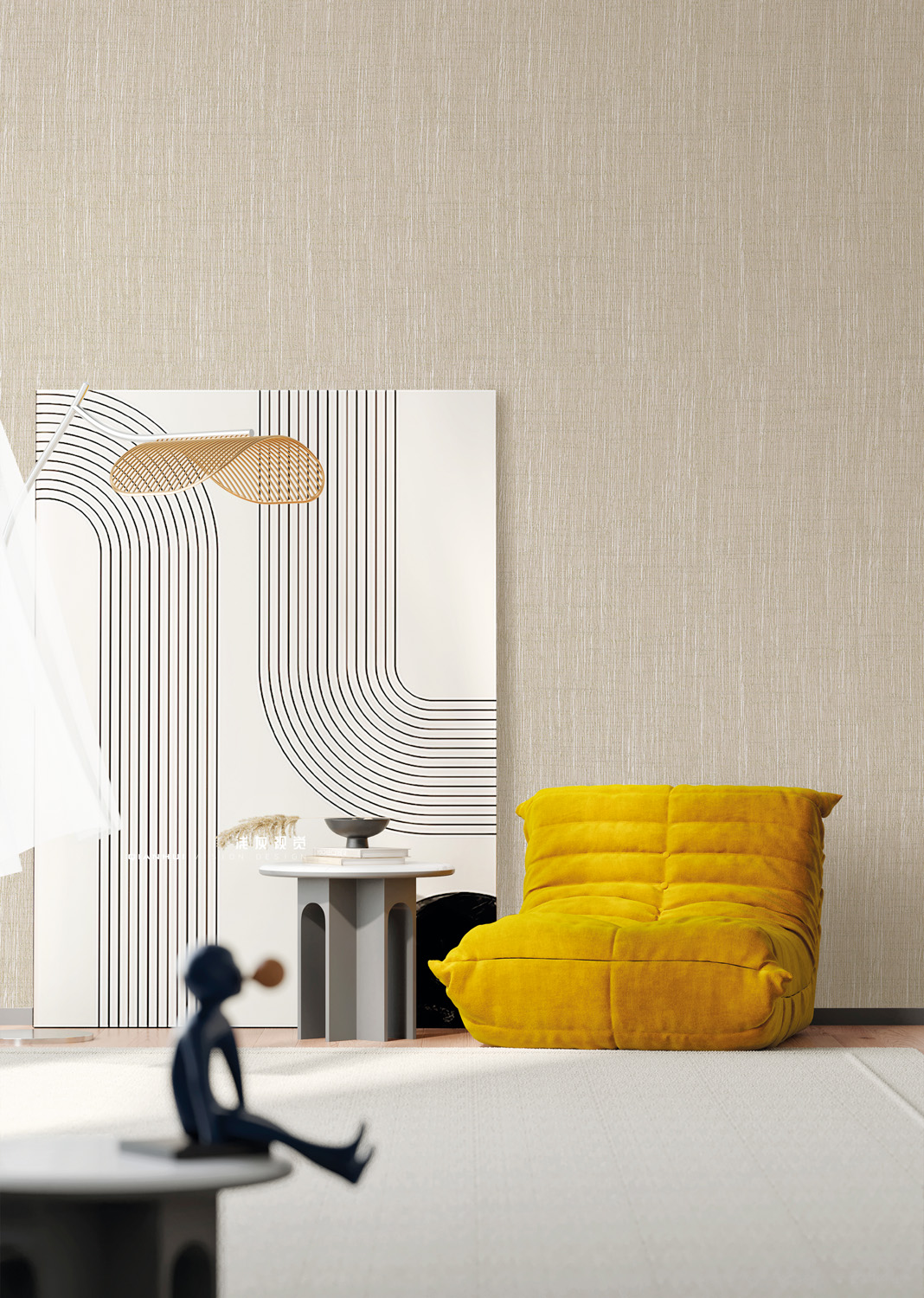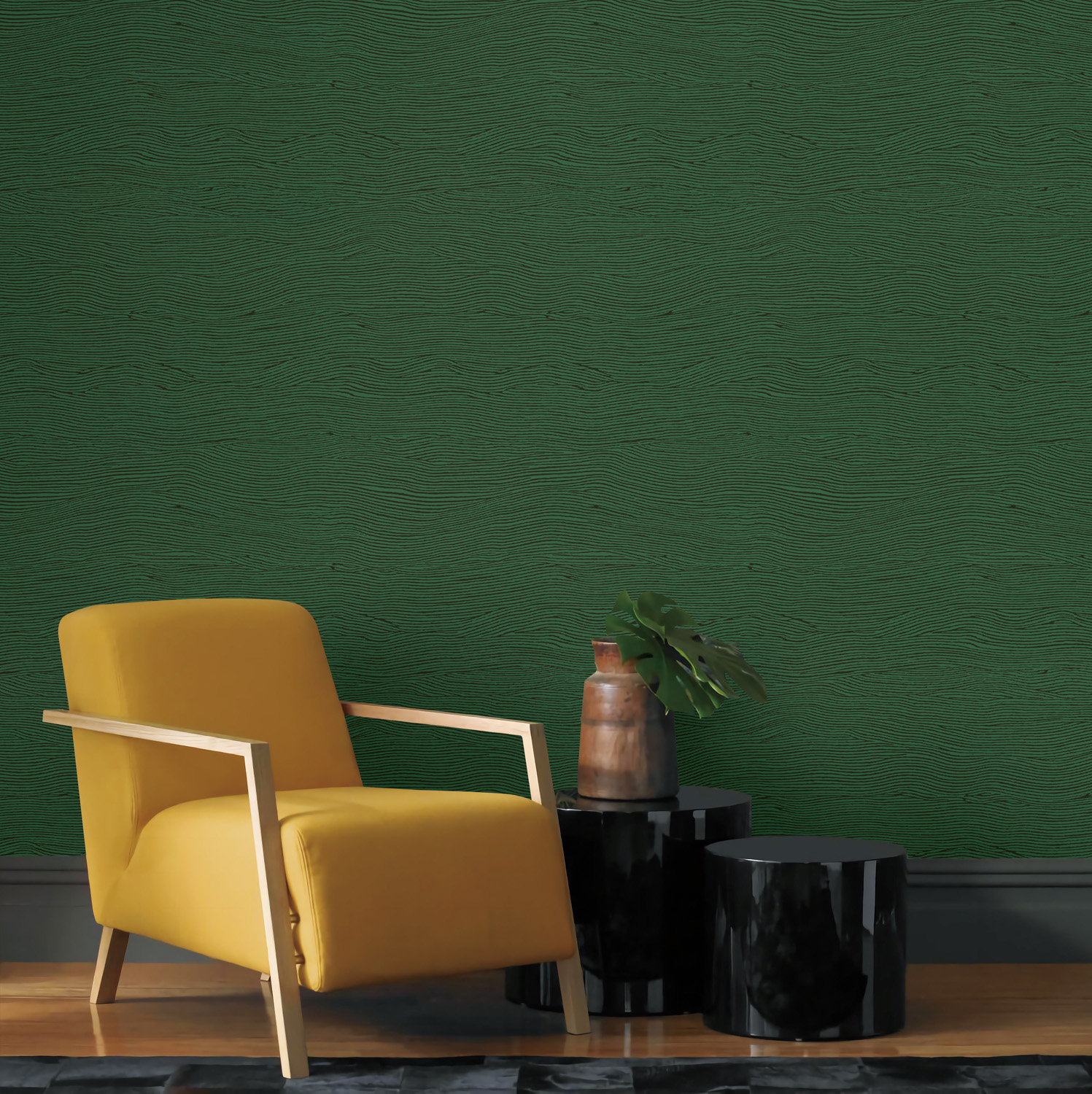Seamless wallcoverings have now become the mainstream products for home wall decoration, but problems continue due to uneven product quality and construction technology. Today Xiaoxin is here to talk to you about the standard construction process of seamless wallcoverings.

PART-01
Measure room height and perimeter
Measure room height
The seamless wallcovering is a customized product with a fixed height and variable width, and the general height is 270cm-320cm. If the height of your wall is 275cm, then the height of the wallcovering you need is preferably 280cm.
Measure the wall perimeter
Assuming that your bedroom is 300cm wide and 500cm long, the perimeter of your bedroom is (500cm+300cm)*2=1600cm.
✦ tips
Since the wallcovering is one piece of cloth on one side of the wall, there is no splicing and anti-warping, so the area of the door frame and the window should be taken into account, and it is normal to have a little wear and tear. The cloth cut from doors and windows can be used as tablecloths and various DIY products.
PART-02
Tool introduction
Wallcovering construction is a technical work, and the required tools must be professional. The following are the conventional tools used in wallcovering construction.
1. Cutter: It is used for cutting excess parts, and it is recommended to use imported knives to ensure neat trimming;
2. Roller: used for gluing the wall during construction, squeeze out excess water before gluing and pay attention to cleaning in time;
3. Flat pressing wheel: used to deal with seams;
4. Scraper: generally used for ordinary glue surface and wallcovering construction, scraping order is from the inside to the side, the wallcovering is pasted up and down, and then paved in order, and drive out the excess glue and excess bubbles;
5. Soft brush: used for natural material wallpaper and high-density glossy wallcovering construction;
6. Tape measure: used for marking, measuring, cutting and auxiliary pasting;
7. Sponge or towel: used to wipe off the glue and clean construction tools oozing from the edge;
8. Spirit level: used to determine whether the corner of wallcovering is 100% vertical or horizontal, is an indispensable professional tool for construction;
9. Multi-function mixer: high efficient stirring and dispersing, adjustable stirring speed, saving time and effort;
10. Glue buckets and water buckets: use them separately when applying glue and cleaning towels;
11. Floor mat: to prevent the floor from being polluted and scratched, if not available, waste covering, thick newspaper or cardboard can be used instead;
12. Steam iron: used for hot glue wallcovering construction;
13. Ladder: make the corner and protective covers to prevent scratching the floor;
14. Tool bag: For carrying the above tools.

PART-03
Wallcovering construction process
- Wall inspection before construction
In principle, the wall must be flat, dry, firm and free of dirt. If the above conditions are not met, adverse symptoms such as mildew, warped edges and bottom pulling are likely to occur in the future.
- Correct treatment of various types of walls
1. For the old wall or the wall with color difference: this kind of wall is prone to color flooding, bottom penetration, color difference, etc. when sticking the wallcovering. The white covering base film can be selected to change the color of the wall, from dark to light, In order to meet the construction requirements of the wall.
2. Latex paint wall: stick it on the surface of the latex paint with tape paper, tear off the tape after 5 minutes, there is no latex paint film that falls off on the tape, that is, it meets the construction requirements, and the base film can be applied. If the latex paint wall is moldy, peeling, and peeling off, use a wallpaper spatula to level the surface of the wall, re-scrape the putty, and then brush the base film for construction.
3. Ordinary wall treatment: Under the irradiation of incandescent lamps, the wall is flat, dry, free of particles and pits, the color of the wall is basically the same, The internal and external corners are vertical and the edges can be closed. The construction can be started after the base film is painted and dried.
- Brush base film
The function of the base film is mainly waterproof, moisture-proof, mildew and wall reinforcement. Roll and brush the wall base film on the wall, and adjust the wallcovering glue according to the proportion. (Note: It is forbidden to add all the water at one time, otherwise there will be uneven rubber particles; it is best to use warm water in winter for the best effect)
- Brush glue
After the base film is dry (usually about 3-4 hours), start to roll the glue from the inner corner of the wall, generally press the roll to brush the wall (roll up and down evenly) and then start to paste the wall cloth.
- Wallcovering Posting
First put the wallcovering straight along the wall, the height of the upper side is the same as the height of the wall. At the lower end, the whole roll of wall cloth shall be padded on the upper end of the skirting line with articles. then roll out the wallcovering and scrape the wallcovering with a scraper, the order is from the inside to the side, and the paving shall be continued after the upper and lower parts are pasted.
If the inner angle is straight, the above roll-out construction can be continued without cutting. If the inner corner is not straight, it can be lapped and cut at the inner corner. If two people work together, they can measure the length from the internal corner to the internal corner, leaving a little room. After the wallcovering is cut, they can straighten both ends from top to bottom, scrape and paste from the inside to the side, and finally wipe off the excess glue with a clean wet towel.

PART-04
Acceptance criteria after completion of construction
Observed at a distance of 1.5 meters, no color difference under natural light, no stains and bubbling on the surface;
Corner, internal and external corners, concave and convex treatment smooth.
PART-05
Matters needing attention
Proper indoor ventilation shall be maintained one week after construction;
Use the air conditioning ten days after the completion of construction;
Strictly prevent the doors and windows from leaking and seepage;
Do not scratch or hit with hard objects;
When cleaning, it is not advisable to use unknown chemical solution, use clean water or special cleaning agent for wallcovering. (You can use a feather duster or a vacuum cleaner for dust)
